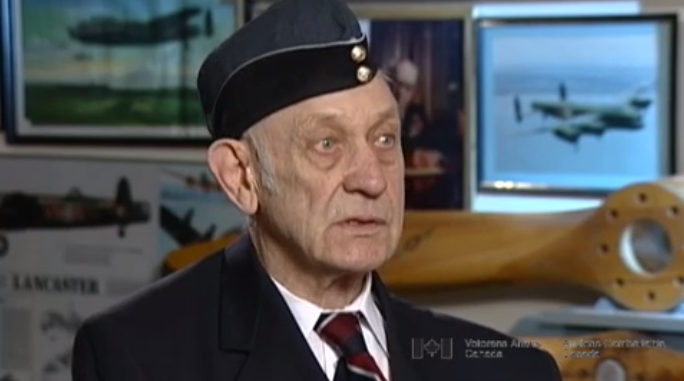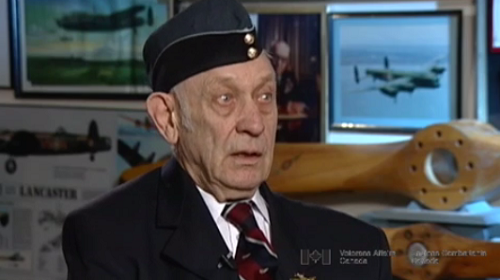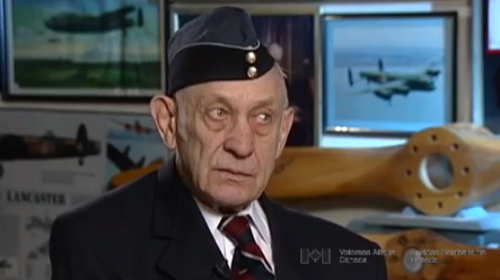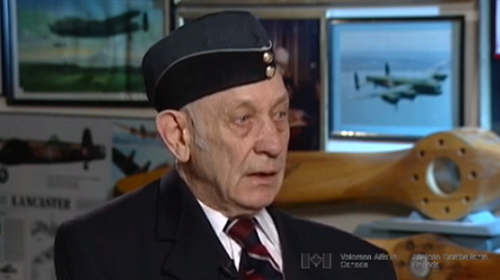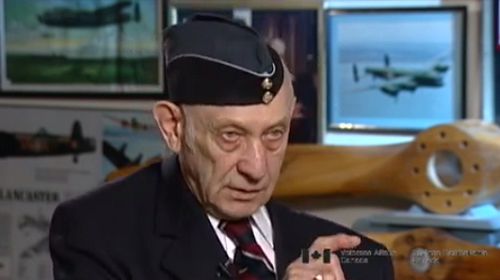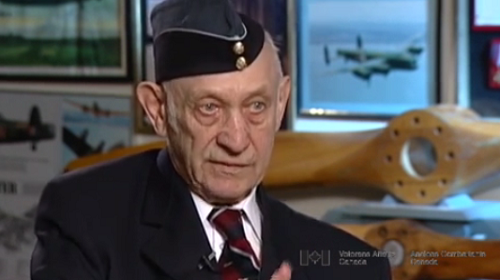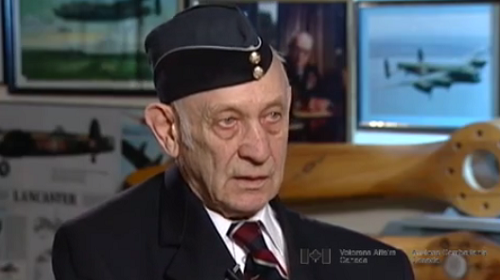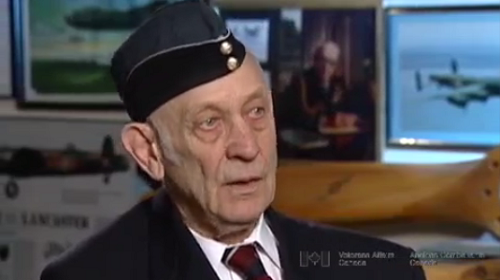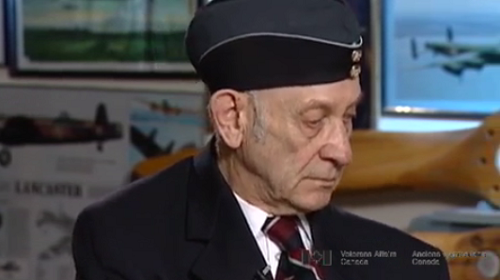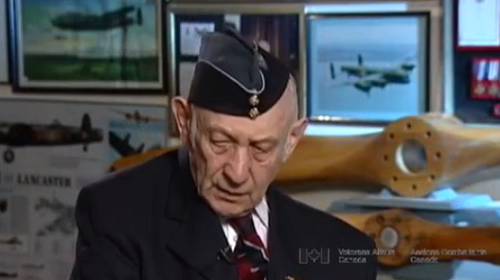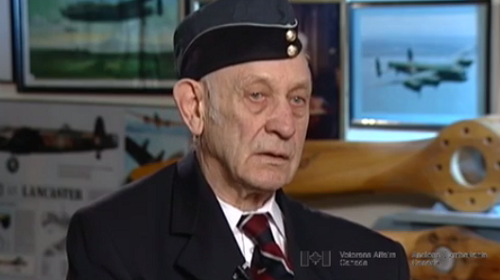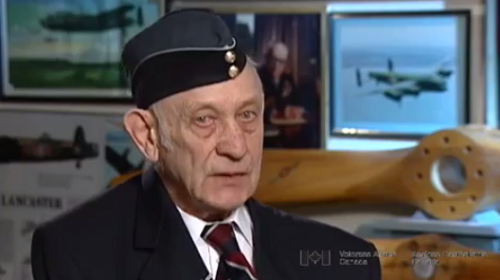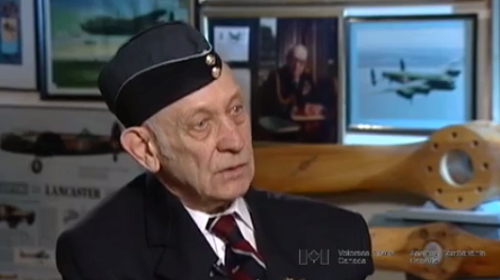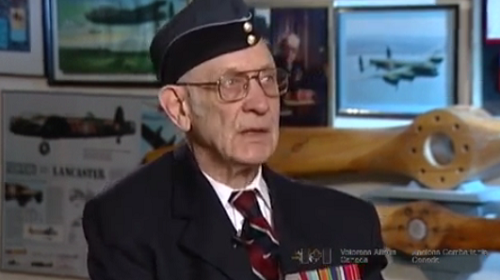Night Bombing Challenges
Heroes Remember
Night Bombing Challenges
Transcript
Description
Mr. Kondra discusses the difficulty of locating and bombing targets at night. He describes the role of Pathfinders in dropping flares to help illuminate targets, and how a flash bomb helped to capture photos of the destruction in the targeted area.
William Kondra
On January 14, 1922, William Kondra was born in Prudhomme, Saskatchewan. He finished Grade 8 at his local school, and, with difficulty, finished high school through correspondence. He was working on local farms for a pittance, so he decided to enlist in the Air Force, where he trained as a bomb aimer/front gunner. Mr. Kondra's tour of duty was completed with his original crew members aboard a Lancaster Bomber, and primarily consisted of air strikes on industrial Germany. Mr. Kondra offers many insights into the technology, strategy and stresses of flying in a bomber.
Meta Data
- Medium:
- Video
- Owner:
- Veterans Affairs Canada
- Duration:
- 2:41
- Person Interviewed:
- William Kondra
- War, Conflict or Mission:
- Second World War
- Battle/Campaign:
- Northwest Europe
- Branch:
- Air Force
- Units/Ship:
- 101 Squadron
- Rank:
- Flying Officer
- Occupation:
- Bomb Aimer
Related Videos
- Date modified:



